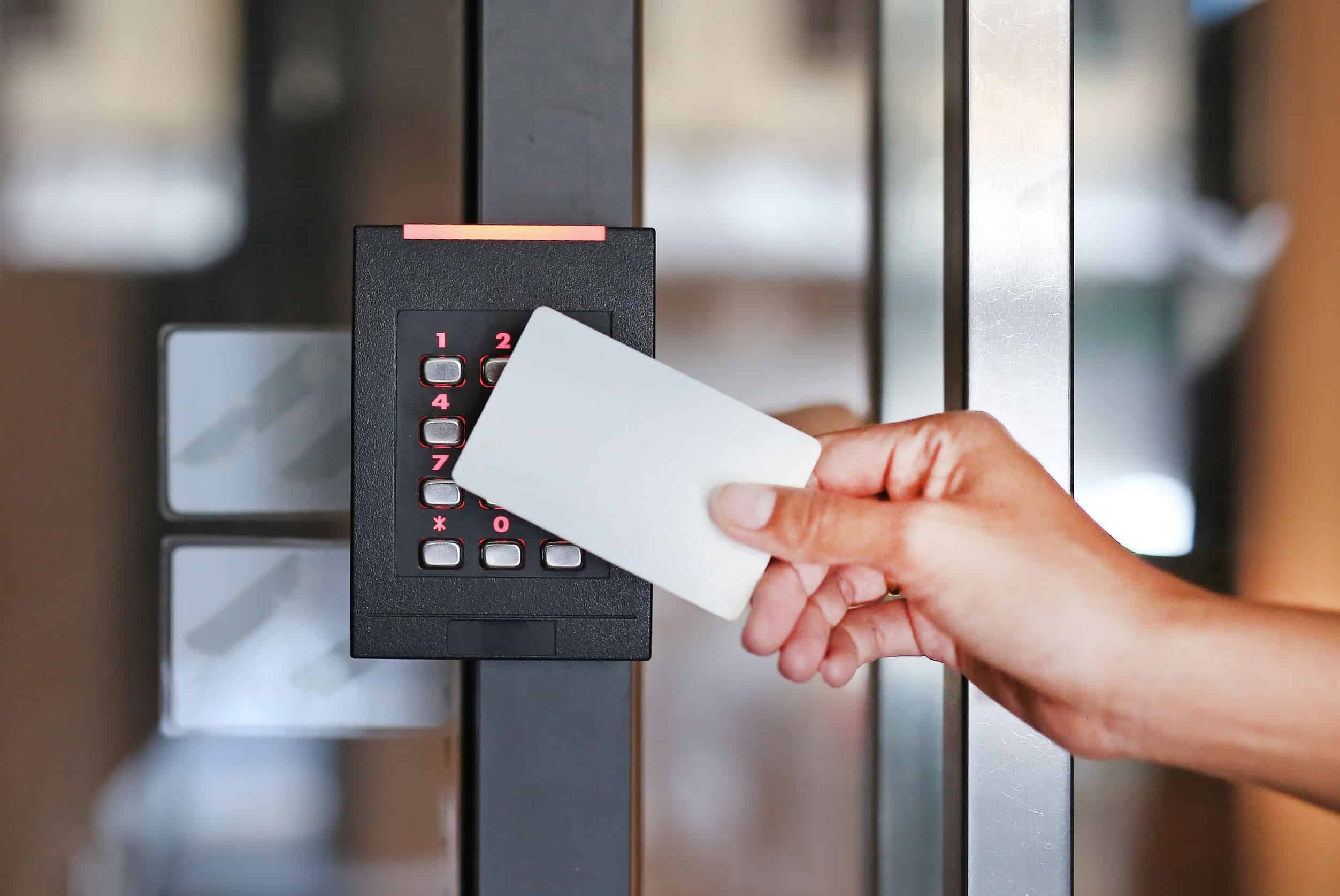Critical improvements in security technology prevent the duplication of access cards. There are two types of access control technologies in use today: standard access cards and encrypted access cards. In this article we will discuss the mechanisms and technology of both systems.
- Standard Access Cards
The proximity technology inside standard cards and key fobs is an old method that’s tried and true. These cards use a unidirectional relationship between an access credential (card or fob) and a proximity reader. When an access credential is presented to a proximity reader, the internal chip is energized and sends its data to the reader. The reader then transmits the data to the controller.
While this technology may be more cost effective, today it is easy and inexpensive to find and use a 3rd party product or service to read and duplicate standard proximity credentials such as access cards or fobs.
- Encrypted Access Cards
Encrypted access cards employ bidirectional communication between the access credential and the reader. This means the technology requires mutual authentication. This handshake authenticates the relationship between the card and the reader via an encrypted key before releasing the actual card data, after which the reader transmits the data to the controller.
This bi-directional verification eliminates the potential for unauthorized duplication that can be accomplished with standard access cards. Encrypted access cards represent one of the most effective and secure card technologies available today.
Manufacturers are constantly evolving their security technology in response to ongoing pressures in the marketplace from bad actors.
Millennium Fire and Security has installed hundreds of access control systems including card readers, serving thousands of users. If you’re interested in learning more about access control in your commercial property or facility, please give us a call today.


